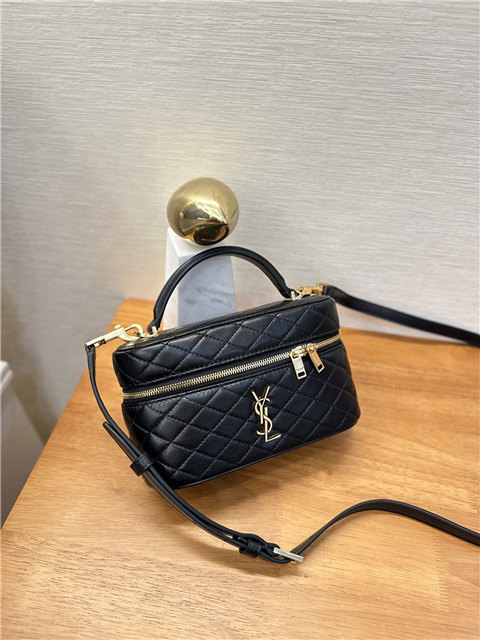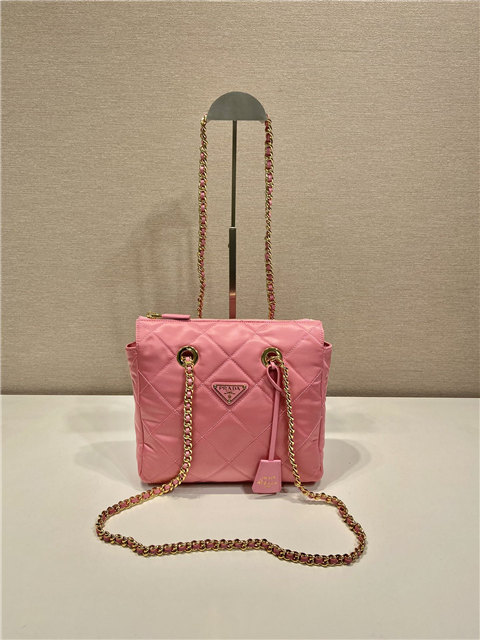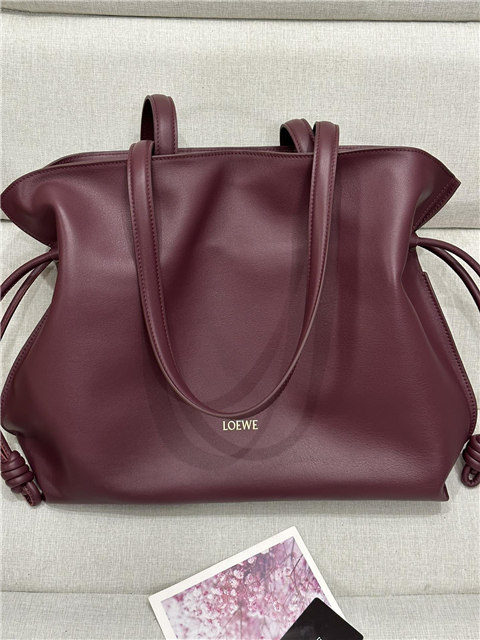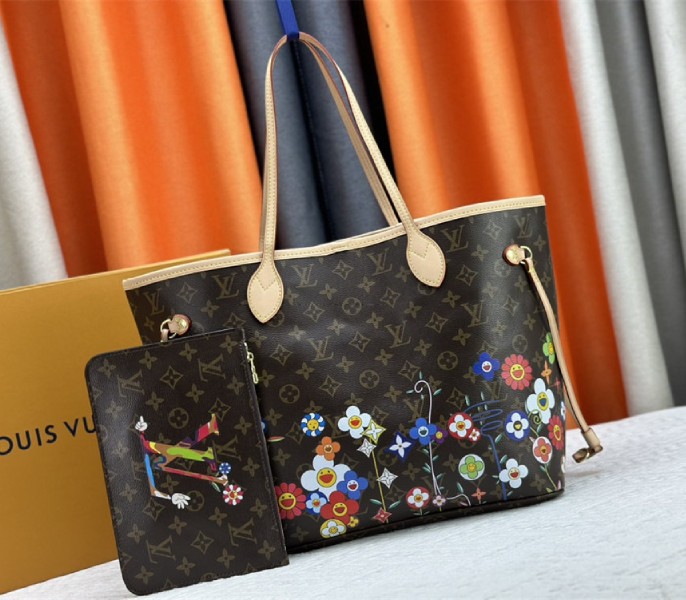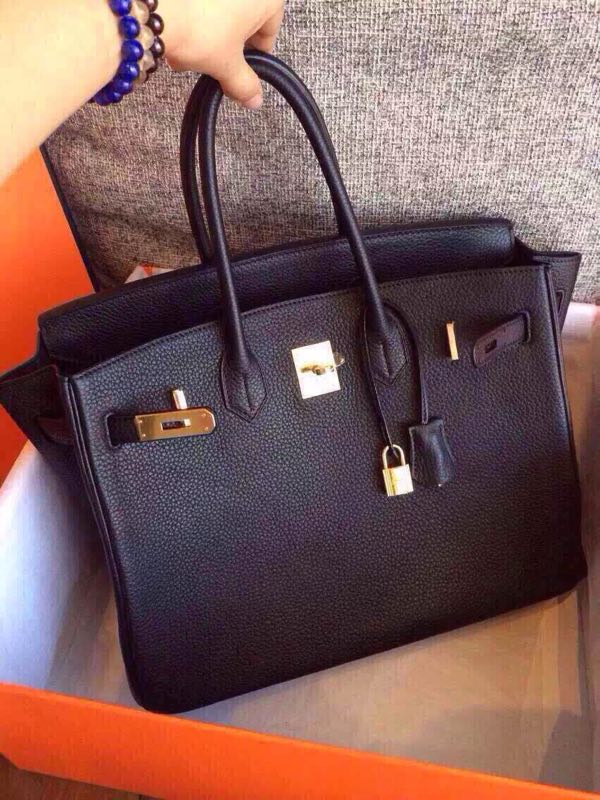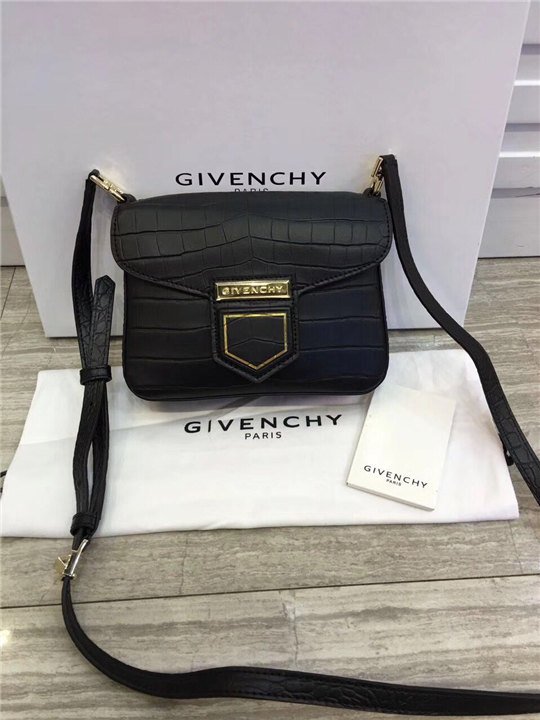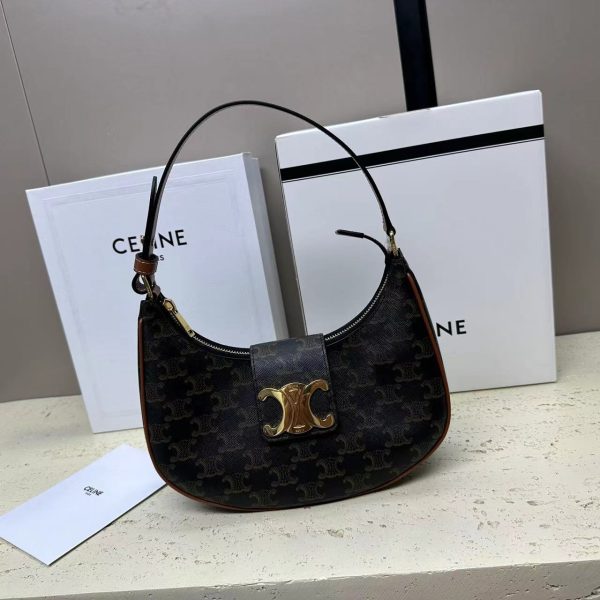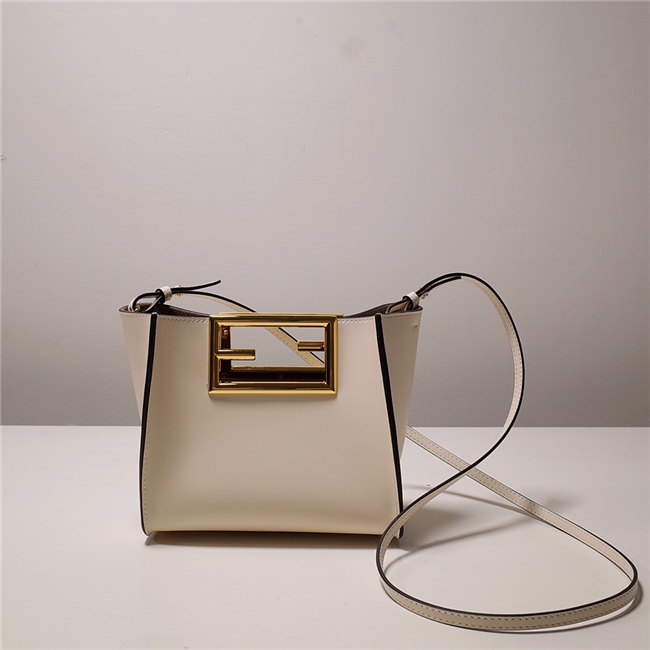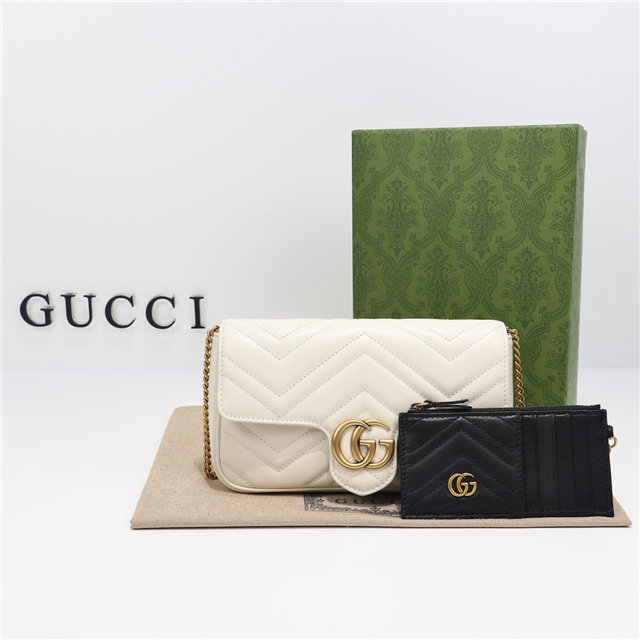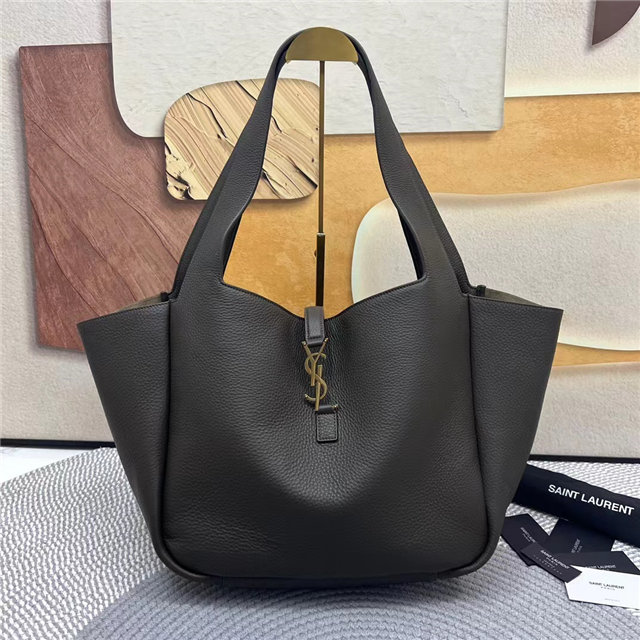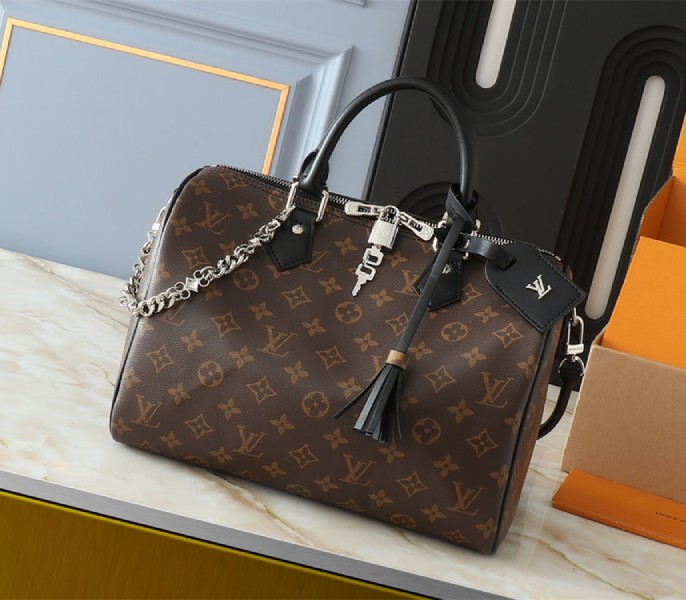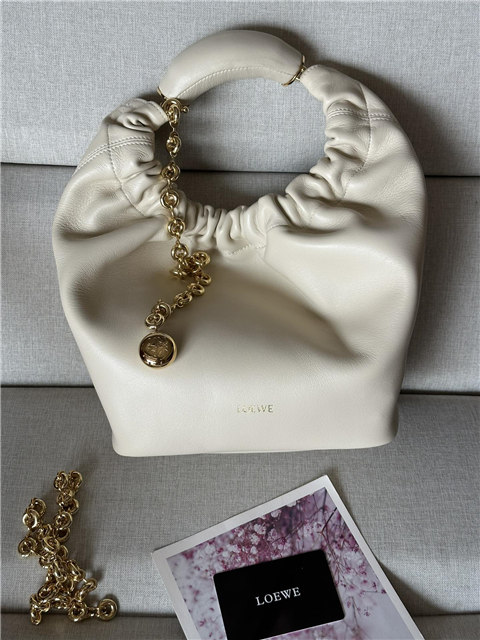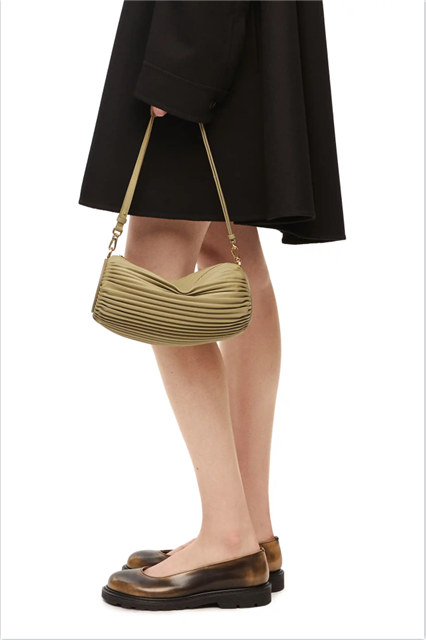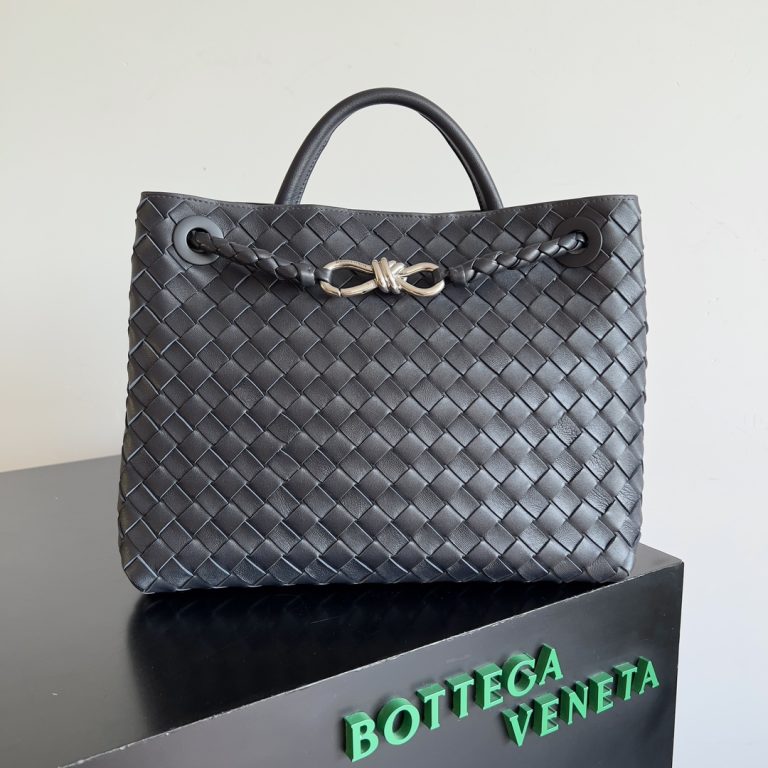The thing is, Greece has laws against selling fake stuff. Like, *seriously* illegal. I saw something about the “Anti-Contraband Unit” busting a store in Kifisia for selling fake stuff. Kifisia! That’s supposed to be a fancy area! So, yeah, it happens everywhere. I mean, they’re cracking down, but it’s kinda like whack-a-mole, ya know?
And honestly, some of these fakes are getting pretty good. You might be walking down the street, see a bag that looks almost real, and think, “Wow, what a steal!” But then you look closer, maybe the stitching is a little wonky, the logo is slightly off, or the leather feels a bit… plastic-y. Boom. Fake.
I remember one time, I was in Mykonos (total tourist trap, I know) and saw these “designer” bags lining the streets. My husband, bless his heart, he’s clueless. He’s like, “Oh, look, honey, you like that brand!” I just rolled my eyes. They were *so* obviously fake. Like, the kind of fake that screams “I paid 20 euros for this on a dodgy street corner.”
But here’s the real kicker: buying these fakes, even if you’re just trying to save a buck, it’s kinda supporting some shady stuff, right? It’s bad for the *real* designers, and probably funds who-knows-what. Plus, there’s a whole other level to it – I read somewhere that bringing fake stuff back home could get you in trouble with customs. Talk about a holiday souvenir gone wrong!
Now, don’t get me wrong, Greece *does* have some amazing leather goods and genuine artisans. Callista Crafts, for example, sounds like a really good place to get authentic bags. Their designs are inspired by ancient Greek beauty, which is pretty cool. You’re gonna pay more, sure, but at least you’re getting the real deal.

